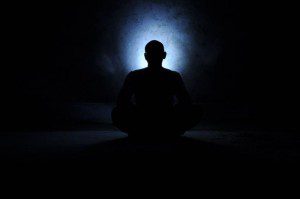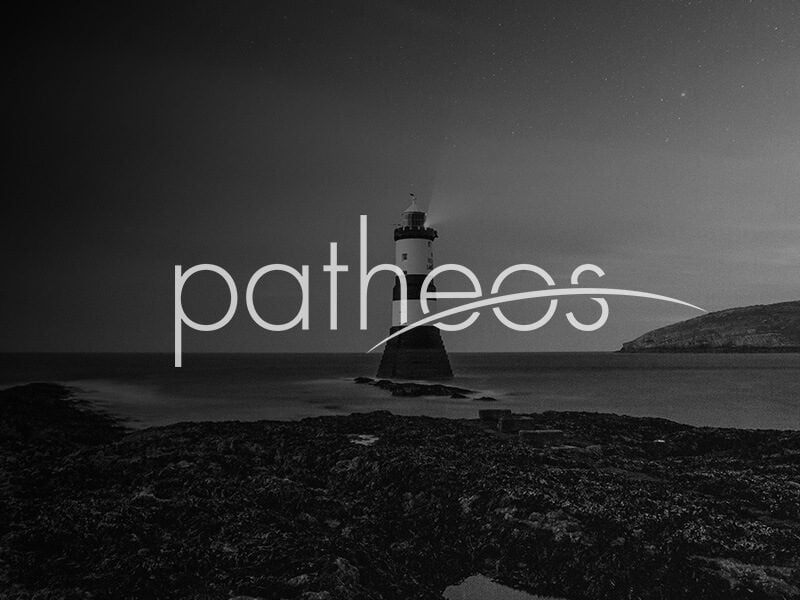
Prayer is a place
“I go there all the time,” one woman said recently in a conversation about prayer. She went on to speak of prayer as an interior space she entered easily and often—a ready refuge from the rushing world. She had things to say about talking with God, but what struck me was how, for her, prayer was more to be entered into than undertaken. Once you’re there, you’re there: what you do may vary: you can sit and listen. You can begin or continue a conversation. You dwell in or linger over or review the day or recite words that heal or remind. You can cherish those you’re given to love. You can bring in your anxieties and lay them down. You can practice the presence of God.
You can go there in the very midst of things, standing, as Yeats put it, “on the pavement grey,” when suddenly, waiting for a traffic light to let you walk, a door of awareness opens and for a moment you realize God is with you, and has been, “bidden or unbidden.” And you know yourself to be surrounded by grace like ambient light. The suddenness of such prayer moments, and the startling way it is sometimes possible to drop into a place of prayer, makes it seem almost effortless.
Yet it is also true that prayer is a spiritual practice, a discipline, a way of life to be learned and deepened, and even a kind of skill. Though I am convinced that even the most rudimentary prayers are heard, I am also grateful for what can be learned from the ancient prayers of the Psalmist and the beautiful legacy of written prayers in liturgies and in The Book of Common Prayer and in the poetry of prayerful people whose words give structure and shape to that inner space where I go to meet God. The learning happens as life presents particular challenges that drive me back to the place of prayer with new concerns or confusions or needs. There, each time, I may learn something about being comforted, waiting for clarity to emerge from the dissipating fog of confusion, receiving guidance, or sometimes practicing the patience of unknowing. Sometimes I take a book with me. Often, though, the learning is simply about letting go—not controlling or managing or imposing expectations, waiting and watching and witnessing.
That kind of patience is hard these days when the news is full of urgencies: bombs are dropped and children die while news anchors parse opinions. Other children, closer to home, navigate complicated schedules and electronic distractions that seem to threaten the sanctity of those quiet spaces they will need in days to come. The world is “too much with us,” but requires whatever attention we can afford to give it—our time, our money, our imaginations, our skills, our presence. Into all those circumstances—into clinics and schoolrooms and hospital wards and homeless shelters and board meetings and committees—we carry with us–within us–a place where a small flame burns and a fountain flows and divine companionship is at hand. On days when all we are able to do is pause at the threshold and look into that place, even that glimpse may leave us reassured that at some level, against all apparent odds, “all manner of thing shall be well.”
[public domain image courtesy of snappygoat.com]
















